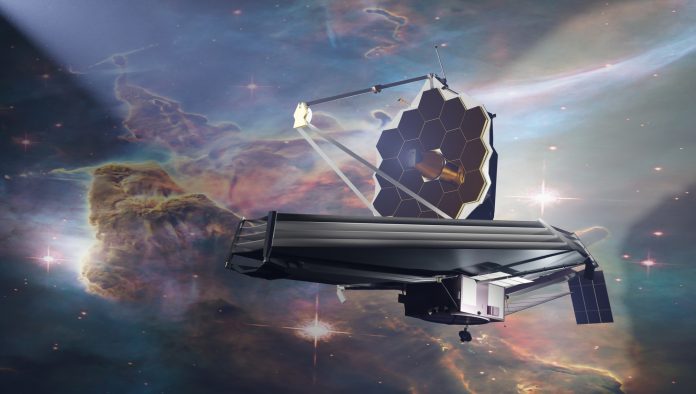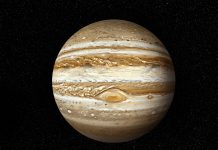Scientists from Arizona Lunar and Planetary Laboratory have uncovered insights into the formation of planetary systems like our own solar system
The study published in the Astronomical Journal used the James Webb Space Telescope (JWST) to observe a developing planetary system actively dispersing its gas into space.
“With unprecedented glimpses into these disks surrounding young stars, the birthplaces of planets, JWST helps us uncover how planets form.
“So, in short, the outcome of planet formation depends on the evolution and dispersal of the disk,” explains Bajaj, a second-year doctoral student at UArizona.
These findings offer a glimpse into the birthplaces of planets, showing us the intricate process of planet formation.
Early stages of planetary formation system
During the early stages of planetary system formation, planets emerge from a spinning disk of gas and dust surrounding a young star.
Over time, particles within this disk clump together to form planetesimals, which eventually collide and coalesce into planets. The outcome of this process depends heavily on the evolution and dispersal of the disk itself.
The study’s observations of the T Cha system revealed the presence of a phenomenon known as disk wind, where gas slowly leaves the planet-forming disk.
By analysing the signatures of gases such as neon and argon, researchers could trace the origin of these winds, delivering insights into the mechanisms driving gas dispersal.
The evolution of the solar system
These findings help us understand planet formation and have implications for the evolution of our own solar system.
“Our discovery of spatially resolved neon emission — and the first detection of double ionised argon — using the James Webb Space Telescope could become the next step towards transforming our understanding of how gas clears out of a planet-forming disk,” Pascucci said. “These insights will help us get a better idea of the history and impact on our own solar system.”
In addition to unravelling the mysteries of gas dispersal, the study also uncovered surprising changes within the inner disk of T Cha. Lead by Chengyan Xie, a second-year doctoral student at LPL, the team found evidence suggesting that the inner disk of T Cha is evolving rapidly, potentially shedding its mass over just a few decades.
With co-authors from institutions worldwide, including the SETI Institute and the University of Cambridge, this collaborative effort helps us understand the origins of our planetary systems.
Editor's Recommended Articles
-
Must Read >> Why doesn’t Jupiter have bigger rings?














